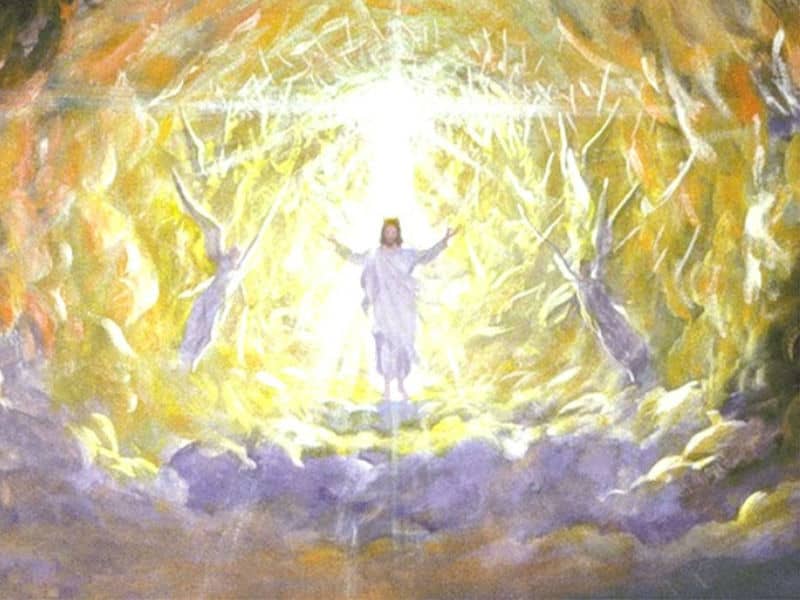
Three crosses are formed by intersecting lines of darkness. In reality, what we are seeing is absence, the space between the edges of the tile pieces and their explosions of color. The darkness becomes an invisible mortar between the tile pieces, creating a pattern that is not imposed, but revealed.
The cross is not superimposed. It is not a stamp of theological rationale placed over the mystery of suffering. It is not a religious platitude spoken to a grieving mother. The cross is revealed through human experience. It is perceived when suffering, humanly shared, forms a bond of compassion so strong that the lines of darkness in our lives become the intersecting lines of redemption, and the absence that defines our experience of suffering becomes the presence of God, opening his arms in identification, touching us with the flesh and blood of someone who has been there before.
Read another meditation on stained glass art from the exhibit "Images in Reflection: A Collaboration of Art and Prayer," on view at the American Bible Society in New York.

